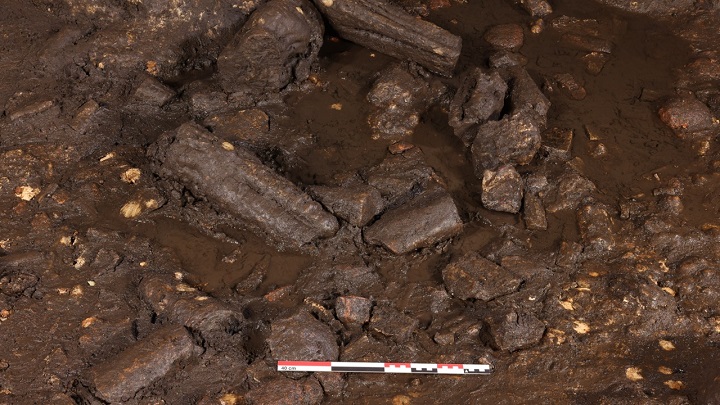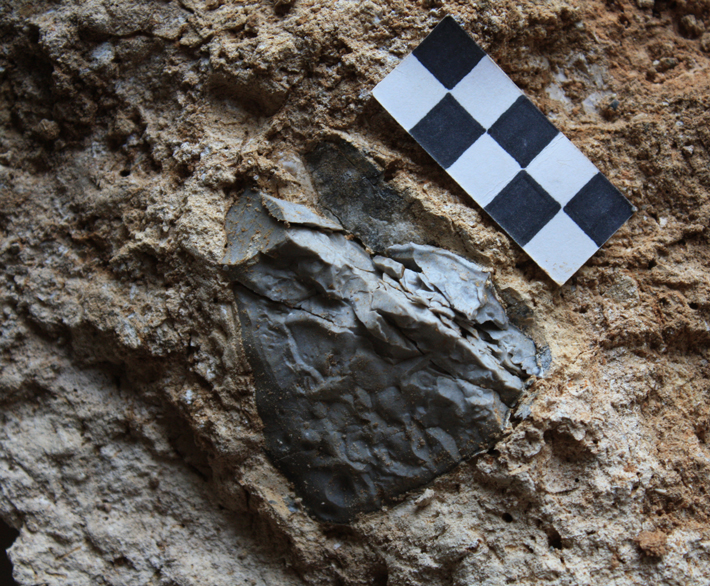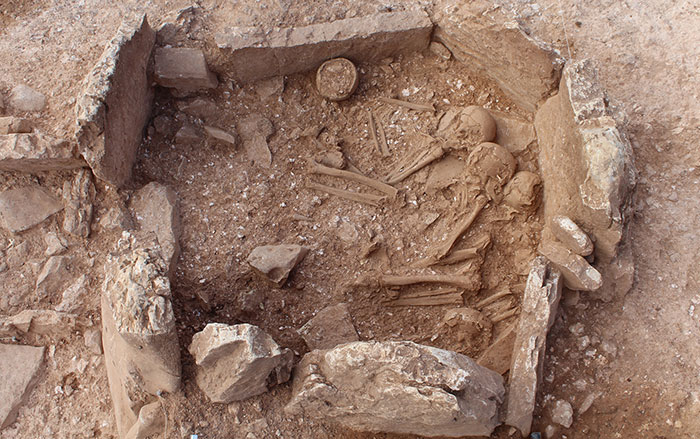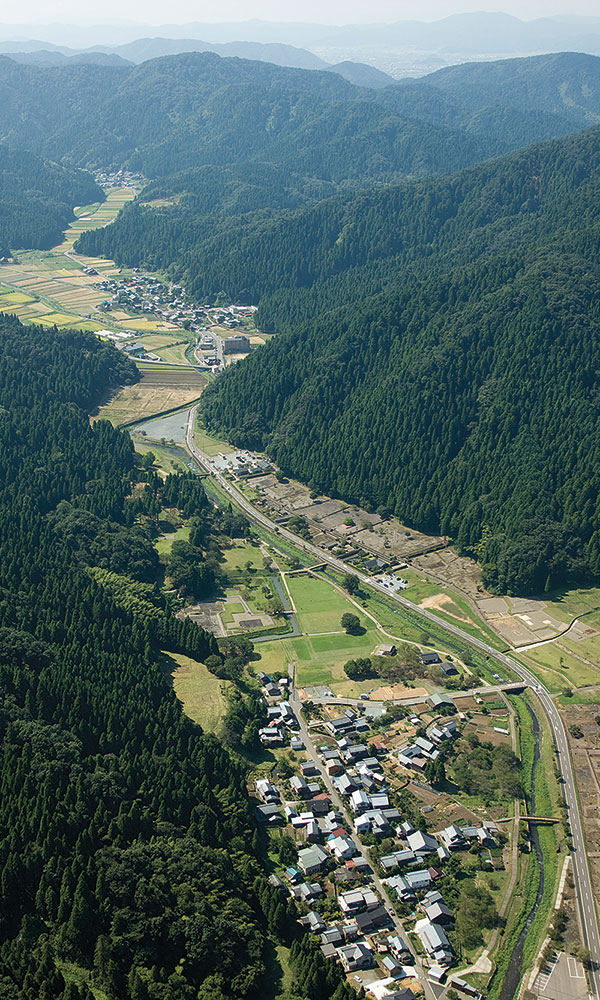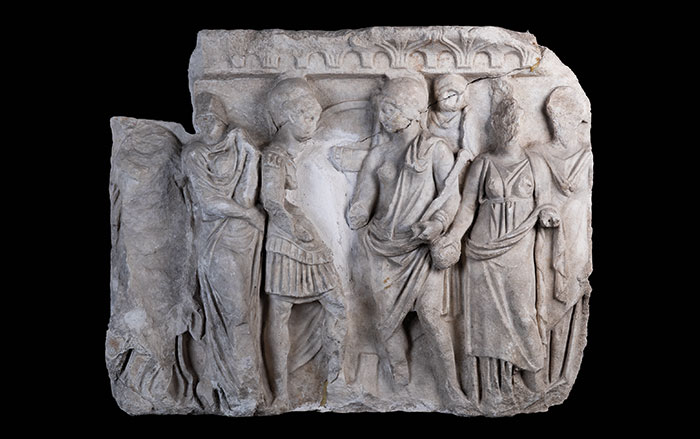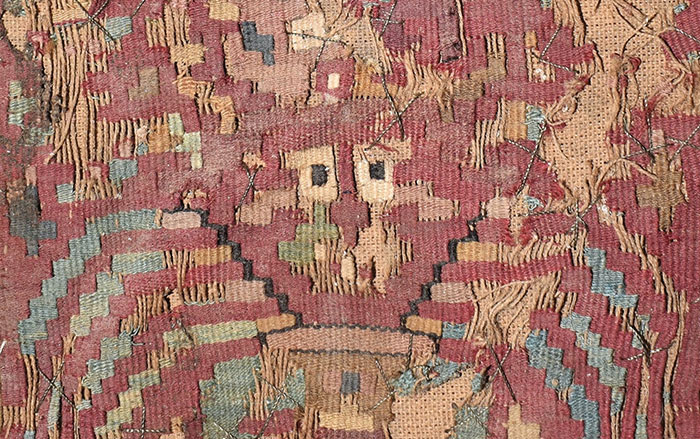VALENCIA, SPAIN—Over the past several years, investigation within the Cova Dones cave system in Valencia has shown it to be one of the most intriguing archaeological sites in western Europe. Not only does it contain the largest collection of Paleolithic artworks on the Iberian Peninsula’s Mediterranean coast, some of which date back 24,000 years, it also housed a Roman sanctuary deep within its hollows. According to the Greek Reporter, recent research has revealed more than 100 speleofacts, or stalagmite formations that have been intentionally moved, broken, or modified by humans to create carefully arranged structures. Cova Dones is the cave site with the second highest number of significant speleofacts in the world, surpassed only by France's Saint-Marcel Cave. Experts are still unsure of the exact purpose of this behavior and whether these formations were symbolic or functional. They speculate the cave structures may have been used for shelter, social gatherings, or religious rituals. Some of the speleofacts display evidence of calcite buildup, indicating that they are exceptionally old. Ongoing research aims to determine their precise age and function. To read about another discovery within Cova Dones, go to "Paleo Palette."
